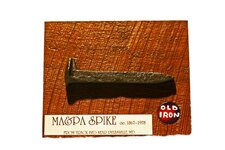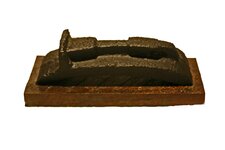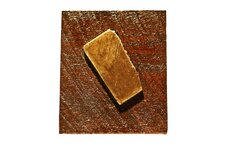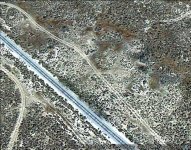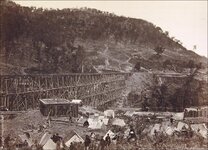GrizLeeBear
Hero Member
- Jan 18, 2013
- 555
- 383
- Detector(s) used
- Garrett GTI 1500
- Primary Interest:
- Metal Detecting
Do any of you MD along abandoned rail lines? I've done one and I found long stretches of nothing and then small patches of junk and artifacts. I have also hiked without the MD and still found some visible items. Any ideas or comments?
Amazon Forum Fav 👍
Upvote
0


